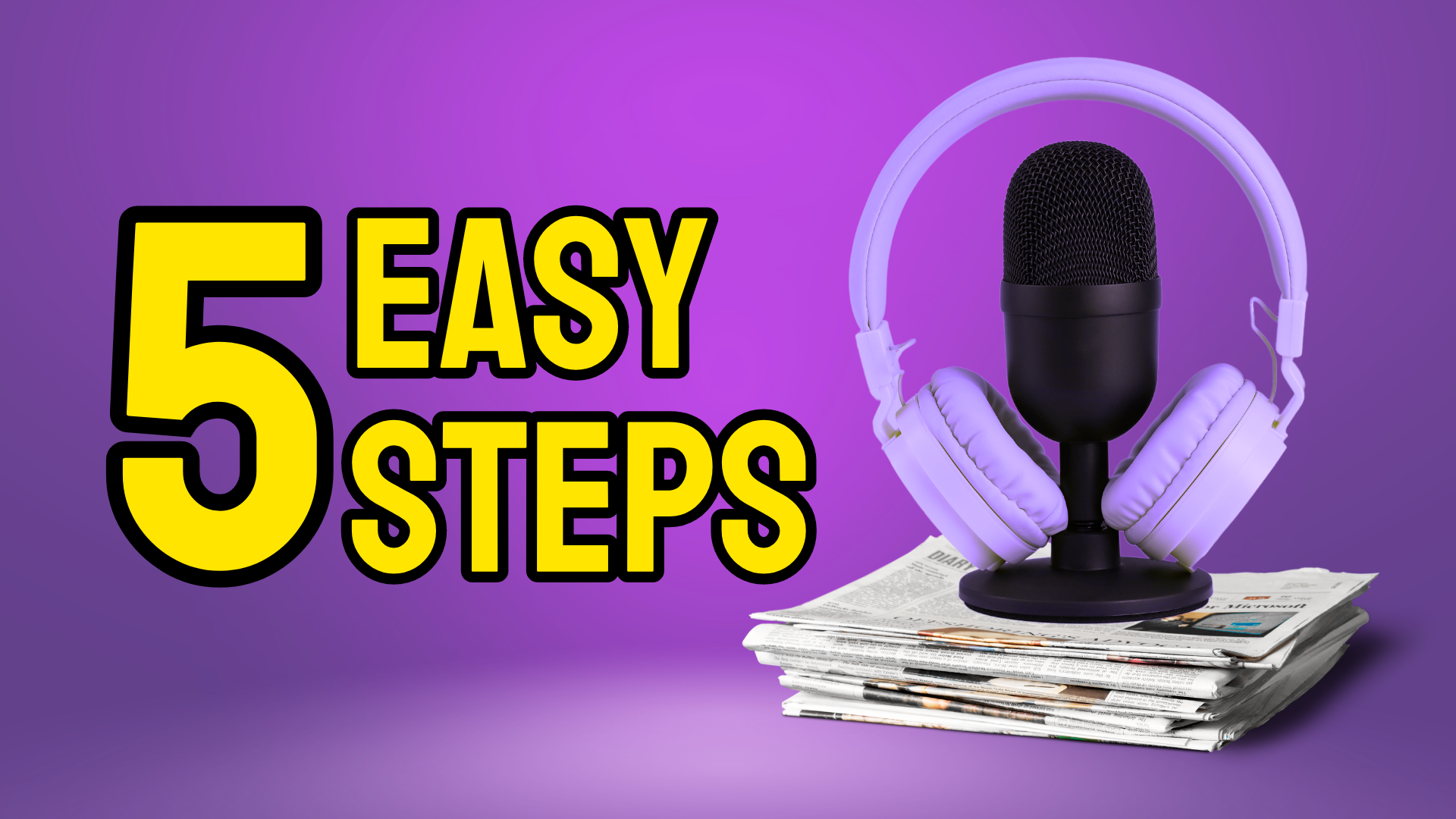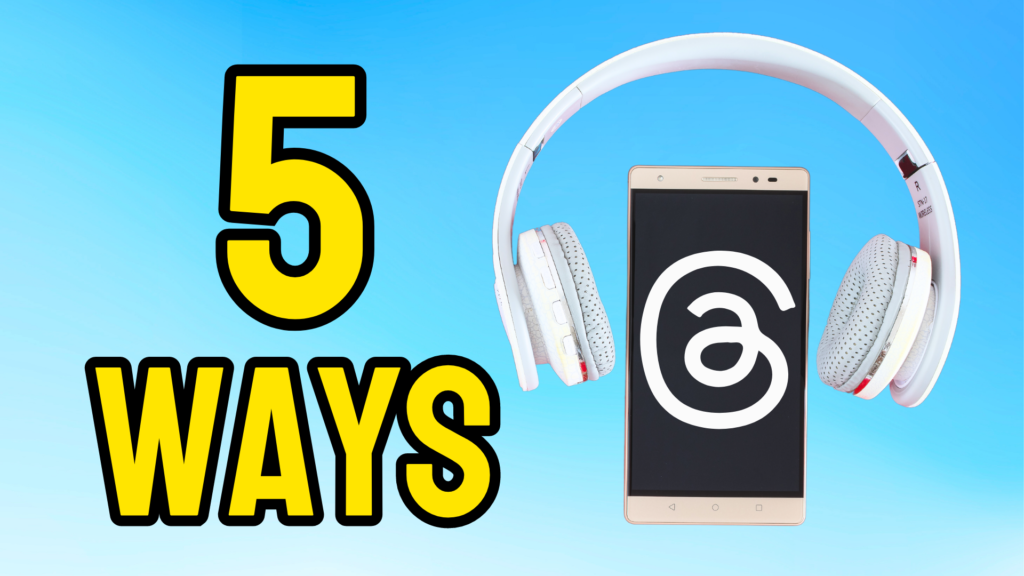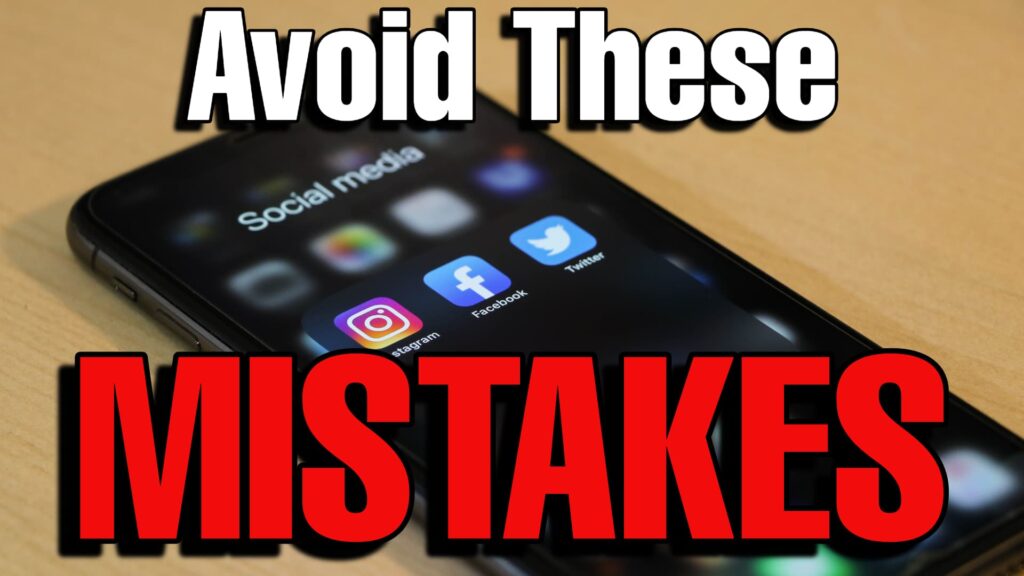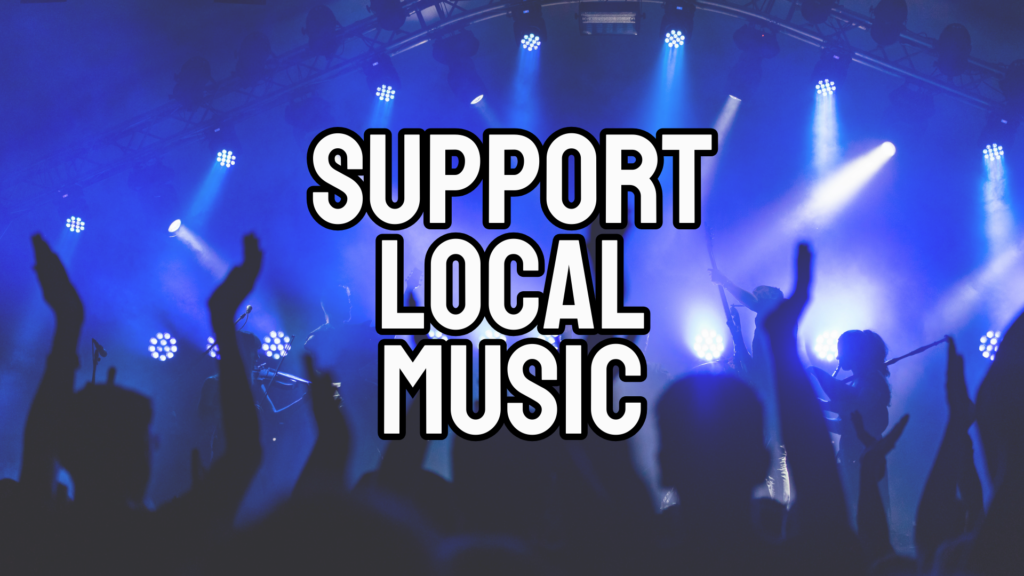By Therese “Tiki Tee” Sheridan
February 28, 2024
Feature articles, music reviews and interviews: These are just a few examples of what the PR and marketing industry call earned media. Not only does landing earned media bring you publicity and exposure as a music artist or band, but it does it entirely free of charge! The downside- landing earned media does involve a lot of time, organization and strategic planning. But don’t worry! We’ll walk you through how to do it with these five easy steps.

1.) Know Your Goal
The prospect of free publicity and promotion as a music artist or band is an exciting one. As a result, it may be tempting to share anything and everything. Trust us, we get it. It is, however, much more effective to focus on one goal at a time.
To do this, ask yourself what you’re trying to accomplish with gaining media coverage. Are you promoting a show? Are you trying to encourage pre-saves for a new release? Do you want to connect with your audience? Specific media types are better for specific goals. To better understand, let’s take a look at the three examples mentioned earlier: feature articles, music reviews and interviews.
Feature Articles
If you want to grow your fanbase, build a connection with audiences or share the story or inspiration behind your music, feature articles are the way to go. Because feature articles come in written form, they also involve a little less pressure as compared to audio or video interviews. Of course, you will be interviewed as part of the writing process, but because cameras and microphones won’t be recording your every word, it’s a lot less pressure. For these reasons, feature articles are great for all genres and experience levels.
Music Reviews
If there is a particular song, EP or album you are looking to promote, you might want to focus on receiving a music review. This can come in the form of a written article, a podcast or even a livestream. No matter the form, music reviews generally involve sending your music either before or after release to a reviewer who will then expand on their likes, dislikes and recommendations. Keep in mind that journalists and media professionals are under no obligation to give you a raving, five star review. In fact, they will be honest and they may be tough, but that’s what makes their content authentic and trustworthy for their audiences. Don’t let this scare you. If you’re confident in your music and its quality, go for it!
Interviews
Similarly to feature articles, interviews are great for growing a fanbase, building connections and sharing your story. Additionally, they are a great way to promote a recent song, EP or album. The focus of the interview all depends on your goal and how you pitch to the media (we’ll discuss this more in step 3). Interviews are especially great at showcasing your personality and charm. On the flip side, having a successful interview involves a lot of preparation. Because interviews generally take place through video and audio recording, you need to be media ready. In other words, you need to plan responses to questions that are both expected and unexpected.
Which of these sound like they align with you and your goals? Keep in mind that there are other types of earned media coverage you can receive, so be sure to do your research to solidify a proper plan.

2.) Create Your Media List
Once you have established your goal, it’s time to create your media list, or your list of various journalists and media professionals. Within this list (which we definitely recommend creating in a spreadsheet) you should include names, media outlets and contact information.
To start, refer back to your goal. Next, search for journalists and media professionals who specialize in topics related to your goal. For example, say your goal is to have a feature article written. With the help of Google, search for different newspapers, magazines or blogs that write features about musicians. Specifically, seek out the ones who cover your same genre, lifestyle or location. Once you have the name of the outlet or publisher, look through specific articles to find a journalist with previous work similar to what you’re looking for. From there, search their name to try to find the best way of contact. If you’re in need of assistance, you can even ask ChatGPT to help make you a tailored media list. Just be sure to double-check the accuracy of the results.

3.) Develop Your Pitch
After you have created your media list, you can then begin developing your pitches. Using the contact information you have gathered, start to write to each journalist/media professional individually. Be clear on what your intentions are and what you’re looking to do. You also want to make each message specific and personable towards that specific journalist/media professional. A great way to do this is by mentioning and complimenting their past work. You can then relate back to your pitch explaining why your story or music would be a great addition.
It is also important to remember that journalists are storytellers. As a result, they are looking to share stories that are newsworthy, filled with emotion, and timely. It is therefore important for you as a music artist or band to communicate what is newsworthy about your music and story.
If your goal is to promote an event or an upcoming release, you can also write a press release or media advisory. Press Releases are official statements sent to the media in which information is shared on a significant topic. Media Advisories are similar to press releases, however they are sent with the goal of having a journalist or media professional attend your event. Although Press Releases and Media Advisories are short and to the point, be sure to include your 5 W’s (who, what, when, where, why), your intended release day/time and your contact information.
Along with your pitch and/or press release, you should also consider including your EPK, or Electronic Press Kit. As a musician, an EPK is your digital portfolio. It includes your bio, photos and videos, your social media platforms, your biggest achievements, your contact, reviews and links to your music. It’s a great way to highlight all you’ve done while also providing additional information that may not be included in your pitch or press release.

4.) Send Your Pitches
Once you’re happy with your pitches, it’s time to send them! But before you do, just be sure to consider these things:
Timing
Always plan ahead when sending your pitches. Especially if you want an event or upcoming release covered, send your pitch at least 3 weeks in advance. Additionally, send your pitches on the weekday during regular business hours.
Subject line
If you’re sending your pitches via email, be sure to include a captivating subject line. To do this, make sure your subject line includes the most newsworthy aspect of your pitch. It should also be short (10 words or less).
Money
Don’t worry. As mentioned earlier in the article, you shouldn’t have to pay for earned media. It’s called earned media for a reason. You have to earn your time and space. With that in mind, do NOT under any circumstances try to bribe journalists or media professionals. They have an ethical code to follow and your bribery can have you blacklisted.
If you are looking to spend money, there are people and companies who will offer reviews, interviews and features as a service, however this is not considered earned media (and is not what this article is about). These may be poorly written/produced, they may not reach your target audience and they may even be scams, so be careful!
Double Checking
Before you hit send, make sure the journalist/media professional’s name is spelt correctly, that you have the correct contact information, that your pitch is free of any grammatical errors and that you’re sending the right attachments. Otherwise, your pitch can end up right in the trash.

5.) Follow Up
Congratulations! You have now made it to step five- the final step of media pitching. Remember in the last section when we mentioned leaving extra time? Well, there’s a reason for that. You see, journalists and media professionals are busy people. They get hundreds of different pitches a week and they are working their butts off to share great content. Because of this, even if you have an incredible pitch, it is very possible for it to get lost in the madness. To combat this, you can send a follow up. If a week has passed since your initial message, kindly send another message asking if your pitch has been received. You can also share your additional contact information and/or availability to make the process easier and more convenient for them. If they still do not respond after your follow up, don’t stress it. Put your energy towards contacting other journalists and media professionals.
If you do receive a response from a journalist or media professional who is interested in covering your music and/or story, great! Be sure to respond to inquiries in a timely manner and to provide all the additional information and materials they may need. Once the journalist/media professional officially posts their content about you, follow up with a thank you message. It is also important to share their content on your own platforms. Doing so will help you build a meaningful relationship with them which can help you land even more earned media in the future.
With these five easy steps in mind, you’re now ready to pitch your music and your story to the media!





